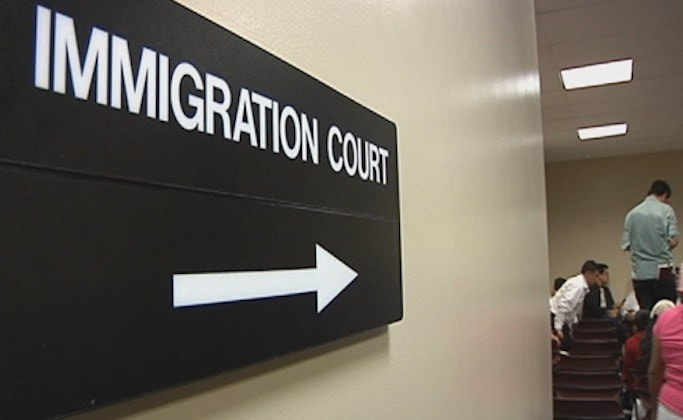In addition, AG has limited their authority to grant continuances or to administratively close cases where applicants are eligible to apply for an immigration benefit under immigration law.
The American Bar Association has stated that “such quotas have serious implications for decisional independence.” Instead the ABA recommends establishing the immigration courts as Article 1 courts, independent of any executive agency and less susceptible to political currents.
What do the performance review standards require?
Under the new standards, which are set to go into effect on Oct. 1, 2018, to receive a “satisfactory” review an immigration judge must:
- Complete 700 cases per year, and
- Maintain a remand rate (from the Board of Immigration Appeals and circuit courts) of fewer than 15 percent per year.
- Issue decisions within three days of completing a merits hearing in 85 percent of non-status detained removal decisions
- Issue decisions within 10 days of completing a merits hearing in 85 percent of non-status non-detained removal decisions (unless completion is prohibited by statute, such as cancellation caps)
- Decide motions within 20 days of receipt in 85 percent of their cases
- Make bond decisions on the day of the hearing in 90 percent of cases
- Complete individual hearings on the initial scheduled hearing date in 95 percent of the cases (unless the Department of Homeland Security does not produce a detained respondent), and
- Issue decisions in 100 percent of cases on the day of the initial hearing in credible fear and reasonable fear reviews (unless DHS does not produce a detained respondent).
Immigration judges are part of the executive branch of government within the Department of Justice reporting to the Attorney General.
Case completion goals of 700 per year translates into completing – issuing a removal order or granting relief such as asylum, cancellation or adjustment – nearly three cases per day, and it does not account for the hours an immigration judge must spend conducting master calendar hearings, bond hearings, attending trainings and reviewing case files. It is hard to imagine how a judge could ever give fair consideration to three cases per day, while simultaneously preparing for upcoming hearings, writing decisions on complex cases and responding to motions (within newly proscribed time limits.)


 RSS Feed
RSS Feed